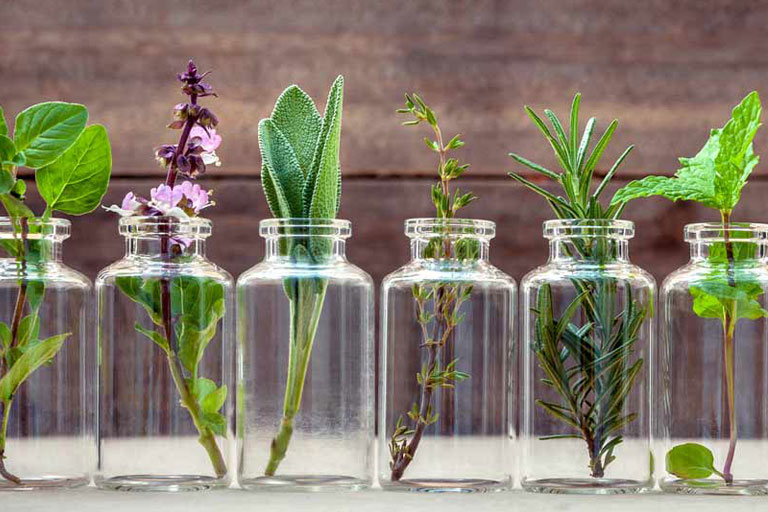07 Jun Antibiotics reduction, a global challenge

Savvas Dimitriadis, Biotechnologist, Nuevo S.A, s.dimitriadis@nuevo-group.com
Animals, like people, carry microorganisms in their gut, known as gut microbiome. Antibiotic resistance occurs when these microorganisms develop the ability to become resistant to the antibiotics designed to kill them.
Undoubtedly, antibiotics are valuable tools for treating animal infections. However, their misuse leads to the creation of bacterial and fungal strains that are resistant to medicines and can be spread dynamically from the farm to the table.
The infection caused is one of the biggest threats to global health, leading to longer hospital stays, higher medical costs and increased mortality, according to the US Center for Disease Control and Prevention (CDC).
How could we react to the necessity for antibiotics reduction and to the development of resistant strains?
The answer is given by nature. Natural bioactive compounds coming from plant sources could effectively reduce or even, in certain cases, substitute antibiotics in animal production. This, in turn, will prevent the development of microbial resistant strains and enhance productivity.
NUEVO has designed and developed a novel range of botanical mixtures with proven antioxidant and anti-inflammatory properties, specially designed according to the biochemical profile of each livestock species.
How a ‘novel botanical mixture’ is described?
- 100% nature-based. Natural products are characterized by enormous structural diversity and complexity. There is a clear superiority of a natural mixture of bioactive compounds compared to synthetic or natural identical substances due to the strong synergistic effects of these compounds in nature. Additionally, a mixture of bioactive compounds, found naturally in chemically untreated plant material, shows greater bioactivity than a single compound, due to its ability to affect multiple targets.
- Standardized mixture of herbs coming from certified suppliers. It is crucial to ensure product consistency and stability. Natural variations of plant material
- (differences in chemotypes, growth phase, environmental conditions etc.) and hazards characterization (toxic and allergic substances) are critical factors to consider. Carefully selected certified suppliers and specialized quality assessment techniques, such as chromatographic techniques (LC-MS, GC-MS), can ensure raw materials’ high quality and stable composition.
- Identification of bioactive compounds. The main categories of phytochemicals that exhibit significant beneficial effects on productive animals are phenols, terpenoids, organosulfuric compounds and aldehydes. Through extensive scientific research, 5 major and 20 secondary bioactive compounds were identified and selected for their mode of action and synergistic beneficial effects on health and growth performance of livestock.
- Proven antioxidant and anti-inflammatory properties. Research trials, both in R&D facilities, universities and commercial farms, demonstrate a significant antioxidant action, in parallel with a stimulation of the immune system, especially when animals are in immune-suppressed conditions.
Environmental challenges and global health threats are major concerns for future generations. On the other hand, animal production industries are looking for alternatives, as the global trend for more sustainable protein production will continue to rise.
Applying novel green biotechnological approaches to generate products that contribute to animal production efficiency, promote environmental sustainability, and at the same time reduce the use of antibiotics is the way to go for our industry.



